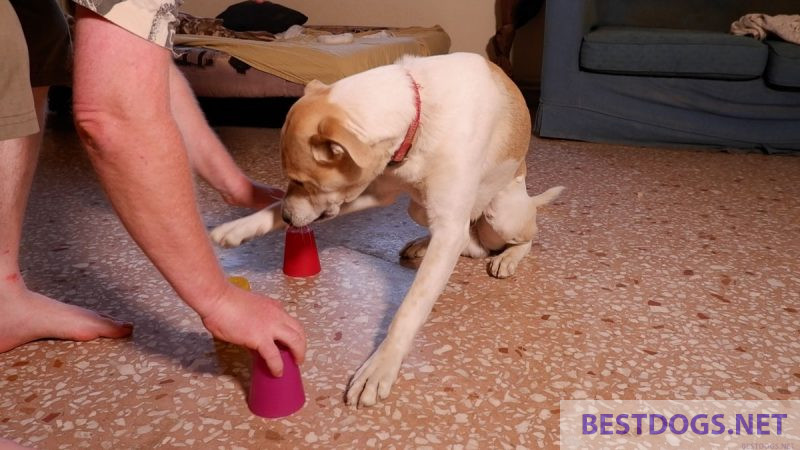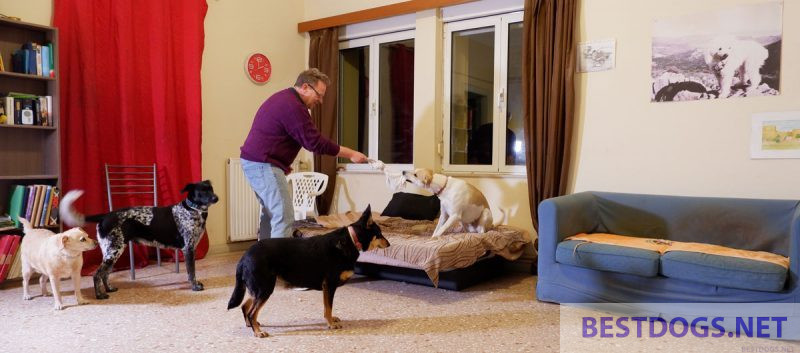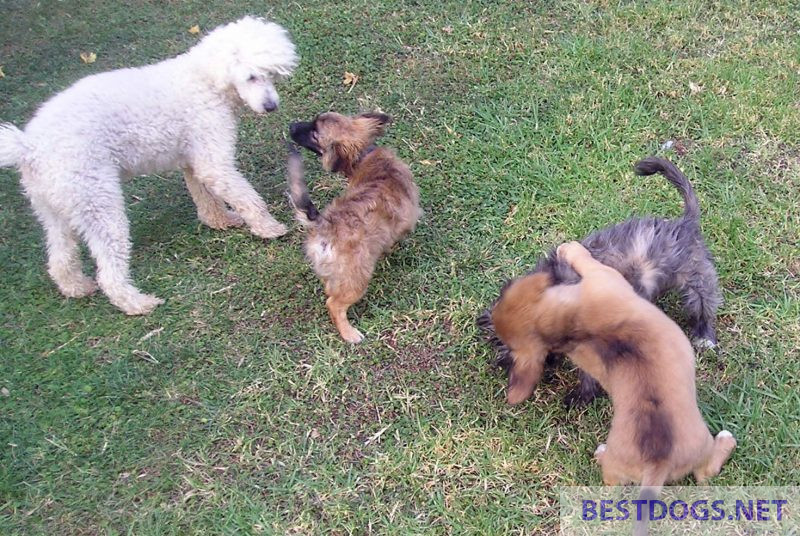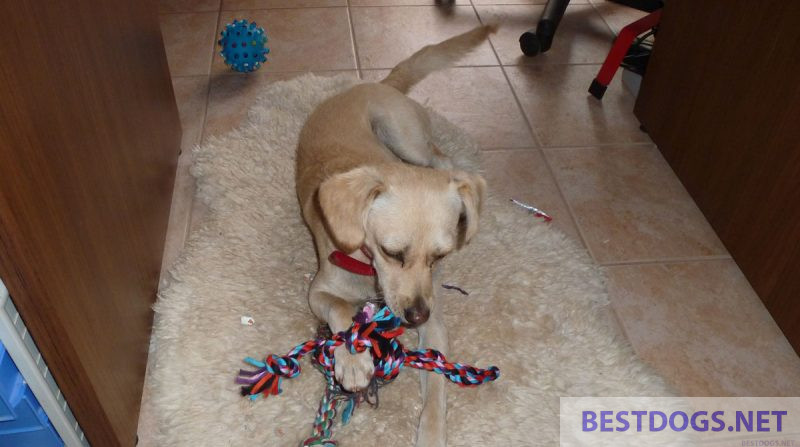Why the hunting instinct causes some of our domestic dogs to run away uncontrollably.
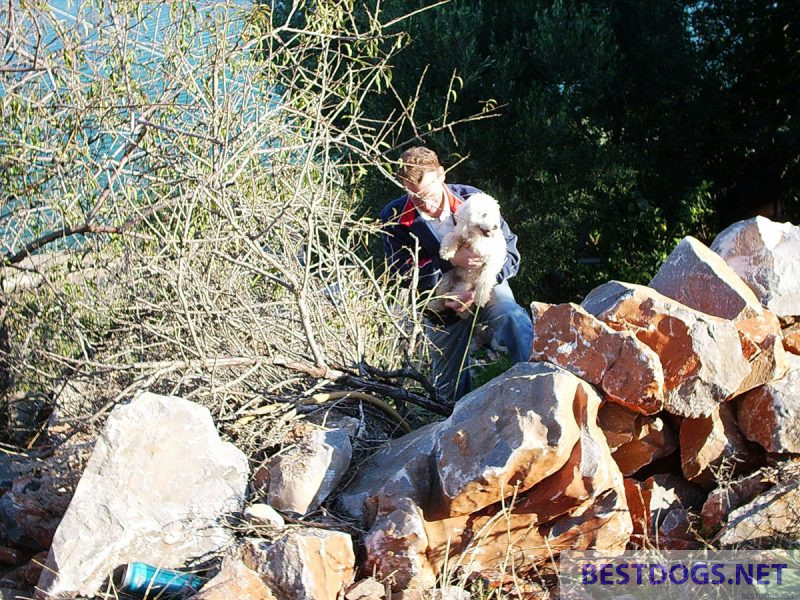
The hunting instinct, its origin, the effects on the dog’s behavior and countermeasures.
Hunting instinct
Table of Contents
Dogs with hunting instinct
The dog’s hunting instinct is one of the biggest problem areas with their owners, along with excessive aggression or dominance.
The hunting instinct is more or less pronounced in every dog and when a dog has to fight for its survival to get food, this instinct practically always comes to the surface.
However, not all dogs hunt, because there are even breeds in which the hunting instinct by breeding practically only very slightly blazes. Also, the one or other dog of each breed will hardly be inspired for hunting.
For most dogs it is necessary to assume an average hunting instinct, for some it is more pronounced.
For the dogs of the South, however, the hunting instinct is unfortunately pronounced in almost all of them. The reasons are that a large part of the dogs in these countries were already bred for hunting or guarding or had to feed themselves as strays and street dogs. If the latter had not also hunted in the process, they would almost certainly have starved to death.
Thus, the owner of such a quadruped has insofar a problem, as a hunting and then not retrievable dog should not run around freely and must be led constantly on the leash. A hunting dog can cause considerable damage, not only to the ‘prey animal’ or itself, but also, for example, in flowing traffic, if a well-traveled road times quickly crossed in the pursuit race.
What is hunting ?
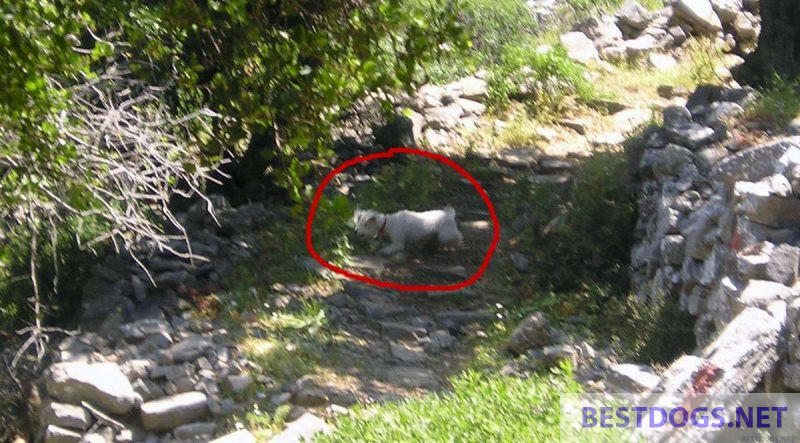
Hunting is first a completely natural behavior of a dog. Thus, it is first of all no problem for the dog, but only one for the owner.
To put it scientifically, the hunting instinct is the innate urge, originally arising from the feeding instinct, to pursue and place a wild animal recognized by the nose or the eyes.
An instinct, in turn, is an unconscious action that is important for survival for biological reasons. Thereby physical as well as mental reactions play a role.
Beside the hunting instinct there are also similar instincts, which must be distinguished. This includes first of all the usually preceding scent drive, in which the dog follows a scent full of expectation and perseverance.
The prey drive, which goes beyond the hunting drive and is also aimed at ‘making prey’, as to kill the pursued animal.
In the case of the bring instinct, we speak of the dog carrying off, hiding, burying or bringing the killed prey to its puppies.
If there is no intention to kill, the movement and activity instinct still makes the dog chase after a prey animal in order to release pent-up energy through movement and activity.
The hunting sequence
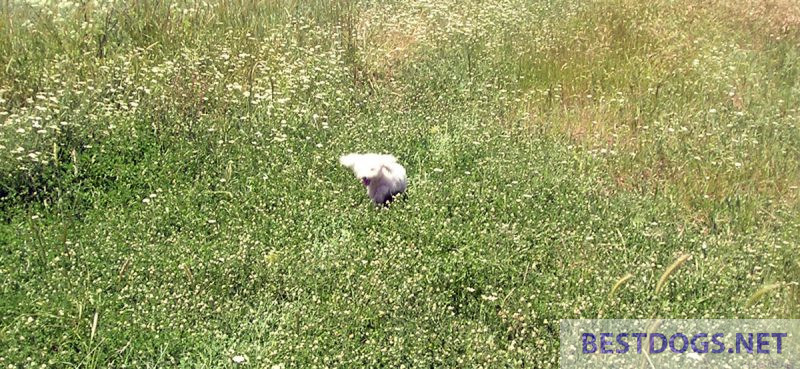
The complete hunting sequence consists of these phases:
- Detect,
- Fix,
- Stalking,
- Rushing,
- Grappling,
- Killing,
- Tearing,
- Eating
In practice, this works as follows: The prey animal is detected and fixed by rummaging, feeling, listening or with the eyes. The track of the animal is followed, then it is tracked and encircled. Finally, the prey animal is killed by vigorous shaking or by tearing open the neck or nape.
Each dog has a different level of expression for each phase, but can also start directly with later sequences of the hunt, which makes the behavior difficult to recognize initially.
Depending on the individual and the breed, the dog will either go through all of these phases or only certain ones, as these are set in its genes. Through breeding, the natural inheritance process or even training, the different phases colud have been changed, so that some are more powerful, others are weaker.
The extraordinary sensory performance of dogs
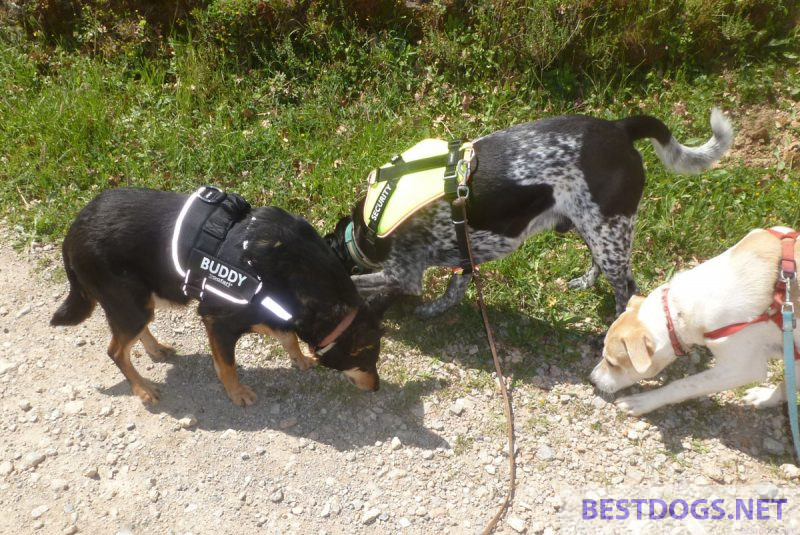
All the senses of the dog’s eyes, ears and nose are practically optimized for the one goal, hunting.
In order to recognize when and how the dog’s hunting instinct may erupt, it is imperative to get an idea of their extraordinary sensory capabilities.
Dogs can detect prey even in the dim light of dawn or dusk because they are ‘motion seers’ and can detect moving objects many times better than a human. If the small moving dot on the horizon is barely visible to us, the dog can identify it as a cat, wild animal or the like.
While the field of vision of a human is about 100°, it is about 210° for a dog. In return, the dog can only recognize colors to a very limited extent, including red, blue, indigo and violet. On the whole, however, his world looks black, white and gray.
In low light conditions, the pupils of our four-legged friend dilate very much, so that he can see much better and, above all, more than we can.
Even superior to the optical abilities of the dog is its hearing in contrast to humans. In order for a human to hear frequencies in the ultrasonic range, they would have to be about three times as strong as is already sufficient for the dog, whereby the latter also still recognizes the finest differences in sound.
For example, the rustling in the grass by a cat or mouse is audible to the dog at a distance of several yards/meters, while his master would pass by carelessly.
However, the dog has the greatest advantage through its sense of smell. While the dog has up to 200 million smell receptors, humans come on just about five million !
When the dogs follow the trail with their noses on the ground, they can read it as clearly as if we could see the footsteps in the ground of the living creature. Also, the dog can distinguish very well which track is older and which is fresh, so he knows which one is worth following.
The dog can sniff out the smallest skin scales, particles of the body stuck to the bushes or grass, and even trampled micro-organisms, for which a person would need a microscope to recognize.
Equipped with an ingenious sight, hearing and smell apparatus the dog is thus a perfect hunter and lives in a completely different world than a human being. With so many stimuli, which affect our dog, it is no wonder that many can suppress the hunting instinct only with difficulty.
Strays, street dogs and hunting dogs
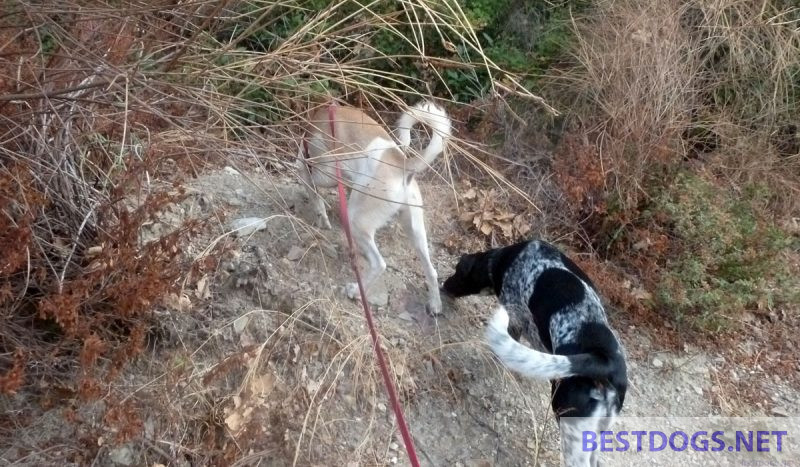
The hunting dogs or the group of self-supporters from strays and street dogs from the southern countries is the most difficult to get rid of their mostly pronounced hunting behavior. These dogs are very active, more independent and self-reliant, as they often have not had close contact with humans and have a great desire for freedom.
Even if you feed them optimally and also challenge them physically and mentally, these dogs can easily fall back into their natural hunting behavior.
Of course, the same is true for Central or Northern European dogs, which are typical hunting dog breeds or are crossbreeds of them. This explains the astonishment of some dog owners about the pronounced hunting behavior of their charges.
Depending on their purpose in hunting, the different types of dogs also differ to a great extent in their hunting behavior. They can be broadly divided into retrieving dogs, pointing dogs, running and welding dogs, retrieving dogs, greyhounds and terriers.
Therefore, one should be prepared for the hunting instinct, if one acquires a dog of a certain breed or certain origin. It is more difficult to get rid of this instinct as the dog gets older.
Herding dogs and hobby hunters
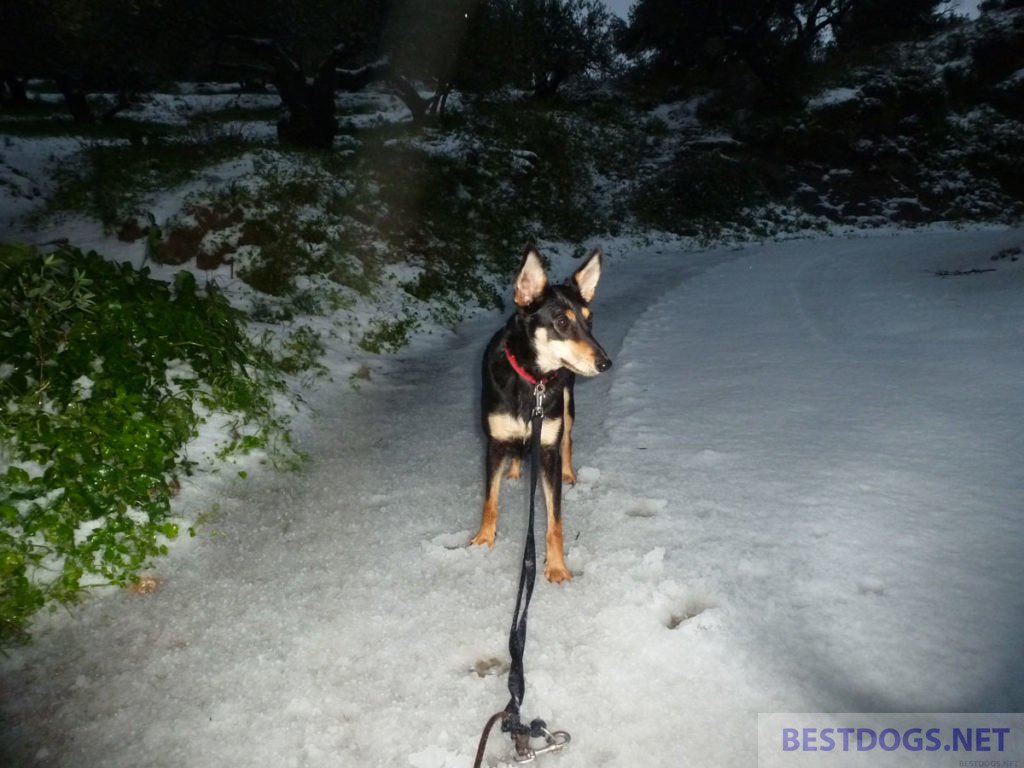
Herding dogs guard the cattle, circling the flock, driving them from one point to a new destination. They stand fixated in front of the herd animals and sometimes pinch a sheep in the leg if it does not work.
Breeds that have been bred for these tasks also like to do this job unasked with the flock of the previously friendly shepherd in the hills, if you are not careful.
Also, herding dogs run large circles around their objects during off-leash walks. If it is not possible to train this off or the dog does this more than two or three times at the beginning of the free run, the drive is overpowering. Therefore, the walk should be done where you can keep the dog in sight and there is little traffic.
Then there are the ‘hobby hunters’, dogs of all shapes and sizes, which do not belong to any unique breed, and our white terrier from the photos on this page is one of them.
They are completely atypical, but it is stressful for their owners when they lie in wait 24 hours a day and go hunting at the slightest opportunity. Among them are also dogs, which unintentionally with the help of the master, have taught themselves to hunt.
Finally, there are the ‘bores’, who hunt only out of boredom, because it makes them so much fun and they have nothing better to do. They have mostly not yet understood that their behavior is undesirable. If the dog receives obedience training and alternative employment possibilities, the case is mostly already settled.
Anti-hunting training
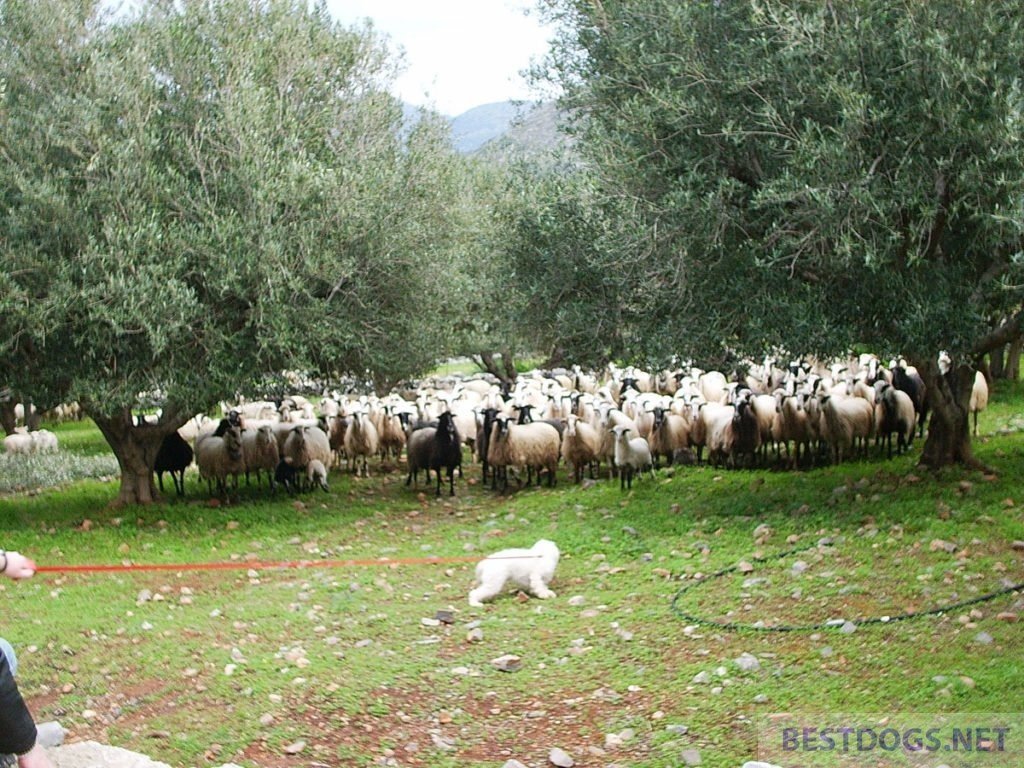
Through individual training, one or more phases of the hunting sequence can be toned down in each dog or desired sequences can be encouraged.
If a thoroughbred hunting dog is not desired, this opens up interesting possibilities. In puppies or young dogs, for example, one should already begin to weaken the problematic phases and strengthen others instead.
For example, a typical pointing dog can be made to appreciate his natural talent with suitable toys or dummies, while at the same time losing his interest in uncontrolled chasing, if you avoid confronting him with prey or game in the process and for a while afterwards.
In this way, the basic behavior shown is reinforced, while you try to train him off the subsequent hunting sequence. However, there are also limits to this, because sometimes a genetically determined program runs in the dog that you can not prevent.
Basically, anti-hunting training is based on these fundamentals: trusting bond, careful companion dog training and alternative employment opportunities to reduce the hunting instinct. The prerequisites for this training is the dog’s general obedience and he must know basic commands, which should be followed even in the case of distraction.
Individual training and employment alternatives of the dog should be carried out, for example, with the towing line or long drag line in the open air, where the problems with wild or prey animals arise.
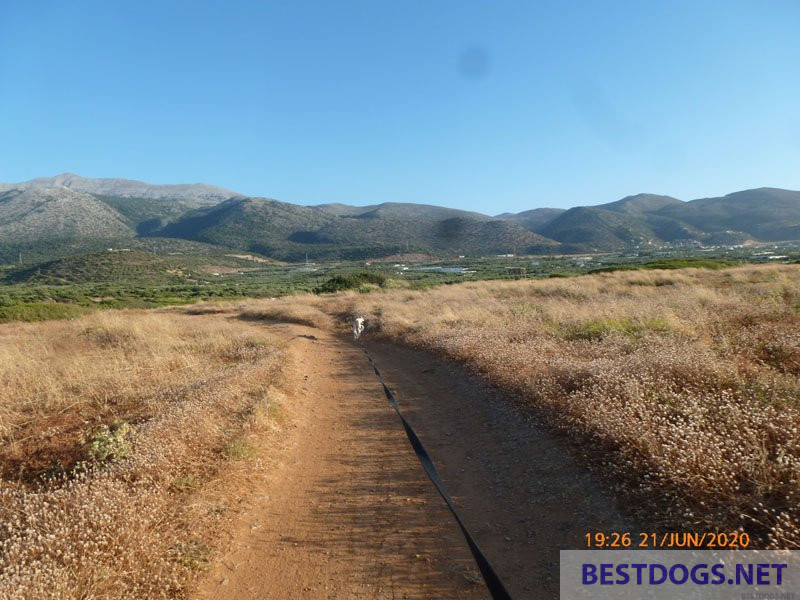
Even for dogs with a strong hunting instinct, such as hunting dogs or strays, there is a good hope after that to let them run free at least in remote places at a favorable time of day without too much prey animals or what they consider to be. It is best to avoid these unwelcome encounters at lunchtime, as there is a lot of game around especially in the mornings and evenings.
However, the hunting instinct can not simply be trained away, but must be controlled and directed into orderly channels. This is done by alternative occupations for the dog, such as nose work and retrieving. Also the ‘hat game’ to the nose work and drawing games load the dog and distract him.
